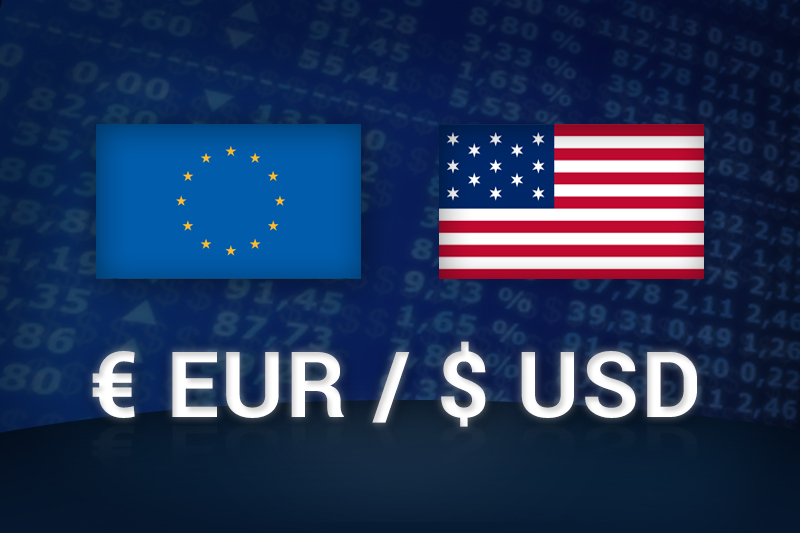Investing.com’s stocks of the week
Investing.com - The euro was steady close to a five-month high against the U.S. dollar on Monday, after last weeks easing by the Federal Reserve continued to weigh on dollar demand and investors monitored ongoing U.S. fiscal cliff negotiations.
EUR/USD hit 1.3190 during European afternoon trade, the pair’s highest since May 2; the pair subsequently consolidated at 1.3165, inching up 0.03%.
The pair was likely to find support at 1.3056, Friday’s low and resistance at 1.3240, the high of May 2.
The dollar remained under pressure after the Federal Reserve announced new easing measures last week and said interest rates would remain close to zero as long as inflation forecasts remain near the bank’s 2% target and until the U.S. unemployment rate declines to 6.5% or less.
This was offset by ongoing concerns over the U.S. fiscal cliff, approximately USD600 billion of automatic tax hikes and spending cuts due to take effect on January 1 which investors’ fears could derail the U.S. recovery, if lawmakers cannot reach an agreement.
The single currency was little changed after official data showed that euro zone exports fell 1.4% in October, adding to concerns over the economic outlook for the bloc.
The euro was lower against the pound, with EUR/GBP down 0.20% to 0.8121, but remained close to multi-month highs against the yen, with EUR/JPY up 0.51% to 110.44.
Later Monday, European Central Bank President Mario Draghi was to appear before the European Parliament’s Committee on Economic and Monetary Affairs to discuss the economy.
EUR/USD hit 1.3190 during European afternoon trade, the pair’s highest since May 2; the pair subsequently consolidated at 1.3165, inching up 0.03%.
The pair was likely to find support at 1.3056, Friday’s low and resistance at 1.3240, the high of May 2.
The dollar remained under pressure after the Federal Reserve announced new easing measures last week and said interest rates would remain close to zero as long as inflation forecasts remain near the bank’s 2% target and until the U.S. unemployment rate declines to 6.5% or less.
This was offset by ongoing concerns over the U.S. fiscal cliff, approximately USD600 billion of automatic tax hikes and spending cuts due to take effect on January 1 which investors’ fears could derail the U.S. recovery, if lawmakers cannot reach an agreement.
The single currency was little changed after official data showed that euro zone exports fell 1.4% in October, adding to concerns over the economic outlook for the bloc.
The euro was lower against the pound, with EUR/GBP down 0.20% to 0.8121, but remained close to multi-month highs against the yen, with EUR/JPY up 0.51% to 110.44.
Later Monday, European Central Bank President Mario Draghi was to appear before the European Parliament’s Committee on Economic and Monetary Affairs to discuss the economy.
